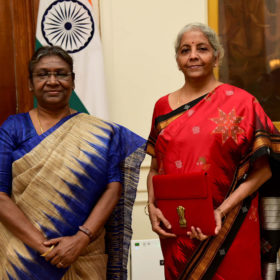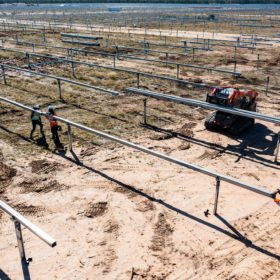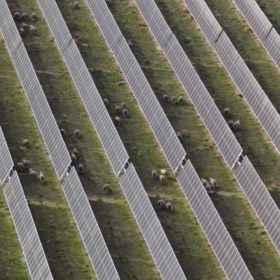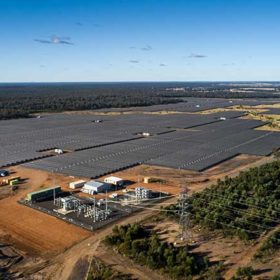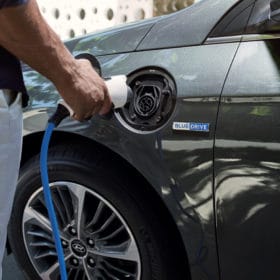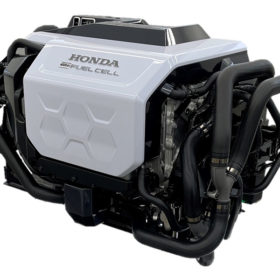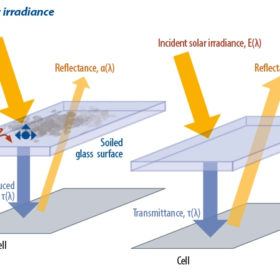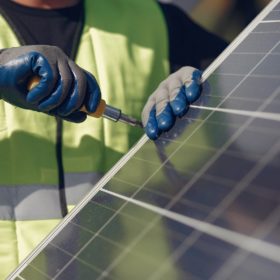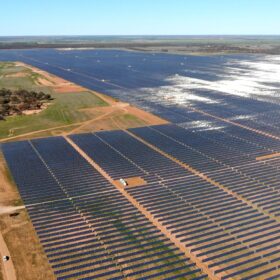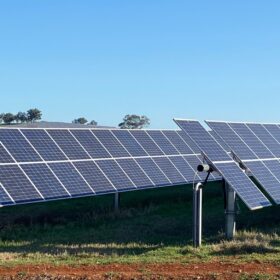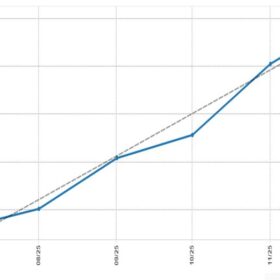Investment in Australian large-scale renewables jumped 50% in 2022
Large-scale wind and solar farm investment commitments grew nearly 50% in 2022, according to new data published by the Clean Energy Regulator.
Australia’s key minerals will make it a green energy superpower
Tim Buckley, director of Climate Energy Finance, speaks to pv magazine as part of our Only5mins! series about the crisis threatening Adani Group with collapse, the “positive outlook” for Australian renewables, and the nation’s potential to become a clean energy superpower.
India confirms focus on green hydrogen, solar and battery manufacturing
The budget signifies the government’s intent to drive domestic manufacturing of lithium battery cells as it waives customs duty on the import of machinery required for manufacturing these cells. It also continues with nil customs duty on critical inputs for solar manufacturing. The budget also aims to support large-scale battery storage projects through viability gap funding.
Analyst predicts Australia’s utility and rooftop segments will flip trends in 2023
Solar and storage analyst Sunwiz is predicting an inversion of many of the trends that dominated the industry in 2022. While rooftop solar has bounced back after a disappointing year, Sunwiz founder Warwick Johnston tells pv magazine Australia, the utility segment’s position looks dire.
Malaysian oil giant reportedly set to buy Wirsol’s Australian portfolio
Malaysian oil giant Petronas is reportedly set to buy the Australian renewable assets of German developer Wirsol. With roughly 750 MW of solar and storage projects and nearly double that in development, the deal could be worth between $900 million (USD 625 million) to $1 billion, according to Reuters.
CS Energy continues transition with first 100% renewable energy PPA
Queensland government-owned CS Energy has inked its first 100% renewable energy contract in a move that the state government says highlights the accelerating transformation of the utility’s generation fleet from fossil-fuel fired power plants to renewable sources, including wind and solar.
Incentives for off-peak charging of electric vehicles could ease stress on the Australian grid
New data from Cornwall Insight Australia’s EV uptake model shows that under an extreme scenario, 22 million electric vehicles (EVs) are expected to be part of the National Electricity Market (NEM) states’ fleet by 2052.
Honda reveals plans to halve fuel cell costs by 2030
Honda has revealed a new hydrogen strategy, while Air Liquide and TotalEnergies have announced a new hydrogen joint venture.
Weekend read: Rethinking soiling
The two dominant methods used in the industry to estimate soiling levels on solar projects go some way in mitigating losses, but there is plenty of scope for more accurate observation, as NRG Systems’ Alexandra Arntsen reports.
Dodgy solar installer convicted after CER investigation
Former solar installer Gavin Brady has been convicted by a Victorian magistrate after an investigation by the Clean Energy Regulator found he falsely claimed to have installed 11 solar systems. When converted to Small-scale Technology Certificates, those false claims were worth $50,000 (USD 35,500).


